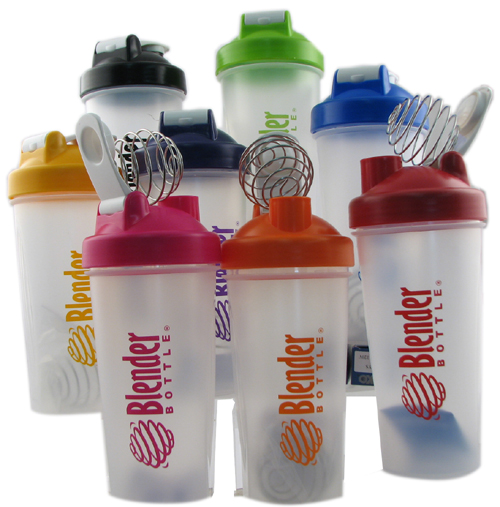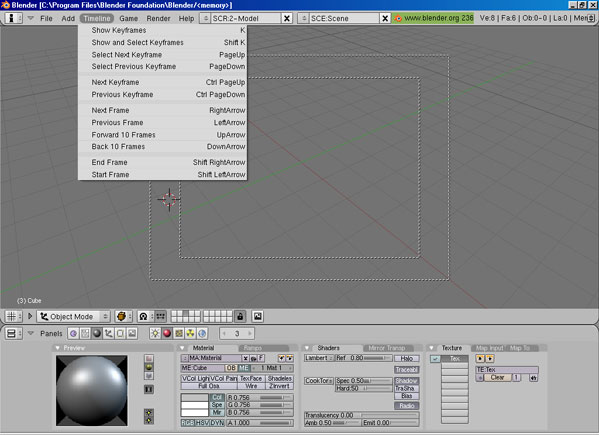Drivers Panel Blender Bottles

Driver Settings Update Dependencies This will force an update for the Driver Value dependencies. Remove Driver Removes the driver from the object. Type The type of calculation to use on the set of Driver Variables. (If you only have one driver variable there is no real difference between average, sum, minimum and maximum) Average Value Uses the average value of the referenced Driver Variables.
Sum Values Uses the sum of the referenced Driver Variables. Scripted Expression Uses a Scripted Expression. You must write a python expression which performs your own calculations on the Driver Variables. Minimum Value Uses the lowest value from the referenced Driver Variables. Maximum Value Uses the highest value from the referenced Driver Variables.
Expr Scripted Expression. Here you can add real numbers, math operators, math functions, python properties, driver functions. See Driver Expression below for some examples. Show Debug Info Shows the Driver Value.
Blender Bottle Tops

The current value of the variables or scripted expression. Add Variable Adds a new Driver Variable.
This panel is located in the Graph Editor with the mode set to Drivers. The drivers panel is for setting up Driver Variables or a Scripted Expression which will. Blender 3D: Noob to Pro/Basic Animation. Panel if you need to)and key. If you have a camera and lighting suitably set up you could render the animation out and.
Driver Variables Name Name to use for scripted expressions/functions. No spaces or dots are allowed and must start with a letter. Variable Type The type of variable to use.
Single Property Use the value from some RNA property. For example, the Ambient shading color from a material. First select the type of ID-block, then the ID of the ID-block, then copy and paste an RNA property (Ctrl+V). ID-Type The ID-Block type, example, Key, Image, Object, Material. Pdf to doc. ID The ID of the ID-Block type, example, Material.001. RNA Path The RNA id name of the property, example, ‘ambient’ from material shading.
Transform Channel Use one of the Transform channels from an object or bone. ID ID of the object, example, Cube, Armature, Camera. Bone ID of the Armature bone, example, Bone, Bone.002, Arm.r.
This option is for armatures. Type Example, X Location, X Rotation, X Scale. Space World Space, Transform Space, Local Space.
Rotational Difference Use the rotational difference between two objects or bones. Distance Use the distance between two objects or bones. Value Shows the value of the variable. Transform Driver This examples shows you how setup a transform driver. First make sure you are in the Front Ortho view.
Numpad5, Numpad1. In object mode, select then duplicate the default Cube.
Move Cube.001 to a new location. With Cube.001 selected, add a single driver to the Rotation Y property. Open the Graph Editor, set the Mode to Drivers.
Show Only Selected is useful disabled for drivers, marked green in the picture. In the channels region, select the Y Euler Rotation property. Press N to open the properties region, scroll down to Drivers panel. Change the Type to Averaged Value, this will return the averaged value of the driver variables.
Modify the driver variable settings. Type - Transform Channel. Ob/Bone - Cube. Transform Type - X Location. Transform Space - World Space. Orbit a point Here two drivers have been added to the Cube, X Location and Y Location. The scripted expressions are being used to set the object location.
X Location Expr 0 + (sin(frame / 8). 4) (frame/8): is the current frame of the animation, divided by 8 to slow the orbit down. (sin( ).4): This returns the sine of (frame/8), then multiplies by 4 for a bigger circle. 0 +: is used to control the X Location offset of the orbit. Y Location Expr 0 + (cos(frame / 8). 4) (frame / 8): is the current frame of the animation, divided by 8 to slow the orbit down. (cos( ).
4): This returns the cosine of (frame/8), then multiplies by 4 for a bigger circle. 0 +: is used to control the Y Location offset of the orbit. Frame is the same as bpy.context.scene.framecurrent. The Basis shape key has the stacks fully retracted. Key1 has the base fully extended. Key2A has the left stack fully extended.
Key2B has the right stack fully extended. Key2A and Key2B are both relative to Key1 (as you can see in the field in the bottom right of the Shape Keys panel. The value of Key1 is bound to the position of bones by a driver with two variables. Each variable uses the world Z coordinate of a bone and uses the maximum value to determine how much the base should be extended. The generator polynomial is crafted such that the top of the dominant stack should line up with the bone for that stack. The value of Key2A is bound to the position of Bone.L. Its generator parameters are crafted such that when Key1’s value reaches 1, the value of Key2A starts increasing beyond zero.
In this way the top of the left stack will move with bone.L (mostly). The value of Key2B is bound to the position of Bone.R. Its generator parameters are similar to Key2A so that the top of the right stack will move with bone.R (mostly).
Since it’s quite easy for bone.L and bone.R to be in positions that indicate conflicting values for Key1 there will be times when the bones do not line up with the tops of their respective stacks. If the driver for Key1 were to use Average or Minimum instead of Maximum to determine the value of the shape key then “conflicts” between bone.L and bone.R would be resolved differently. You will chose according to the needs of your animation.